See the Inside of iMac, iPad, and iPhone with These X-Ray Wallpapers
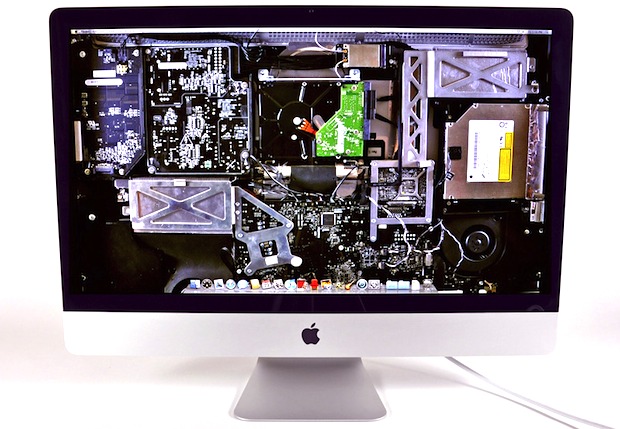
Recently we posted a Mac museum collection that featured an iMac using wallpaper that made it appear like you could see right through to the logic board. It turns out these images are from iFixIt, the company that likes to tear down Apple hardware.
In the process of documenting their teardowns, iFixIt also has taken high resolution images that work great for wallpapers, giving the illusion that there is no screen on the device, and instead making it look as if icons and windows are floating directly atop circuitry. It’s a cool effect, and they have a variety of freely available native resolution wallpapers in this style for the iMac, iPad, iPhone 4, iPhone 3GS, and even the Apple external Thunderbolt display.
- Find them all on iFixit.com’s blog or check out some more images below
If you don’t care about showing the exact hardware for your device, they all make great wallpapers in general. My favorites have to be the iPad and iMac, although the Thunderbolt chip is nice too:

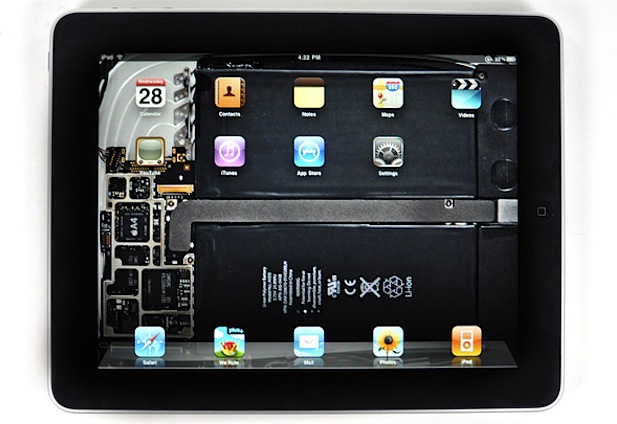
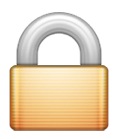 Creating a password protected zip file is easy in
Creating a password protected zip file is easy in 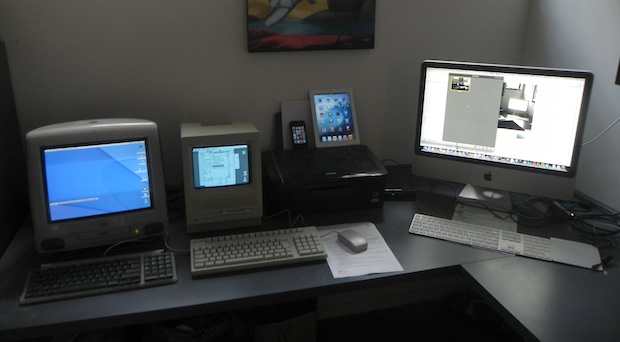
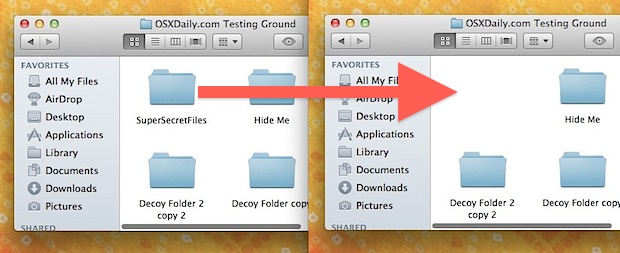
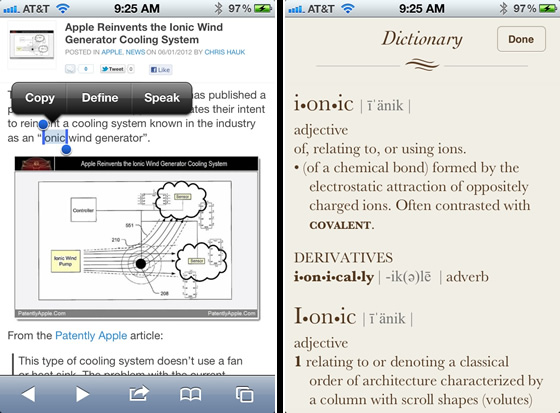
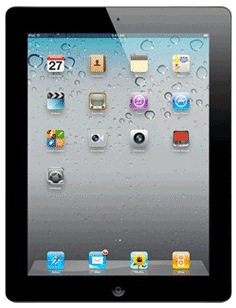

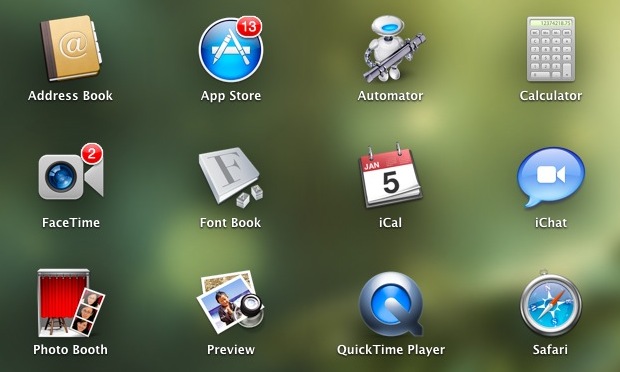
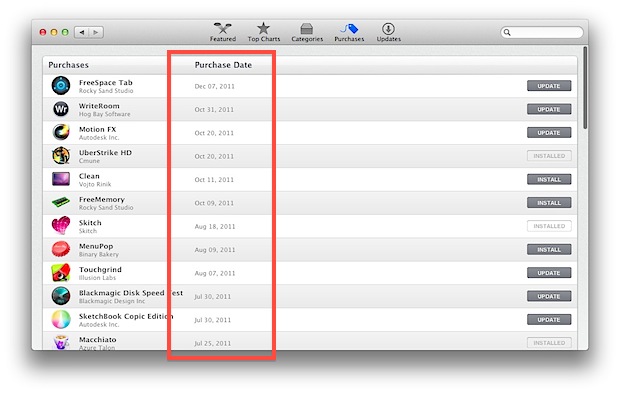
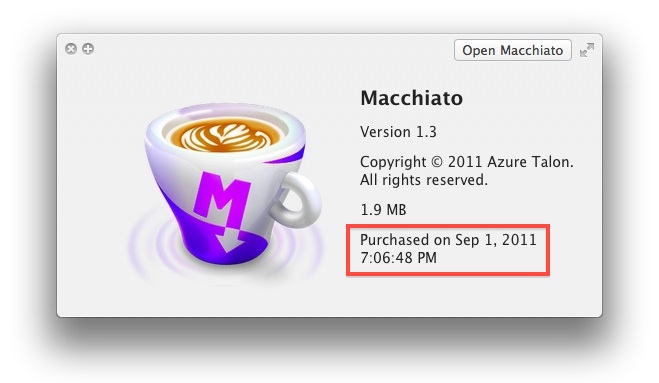
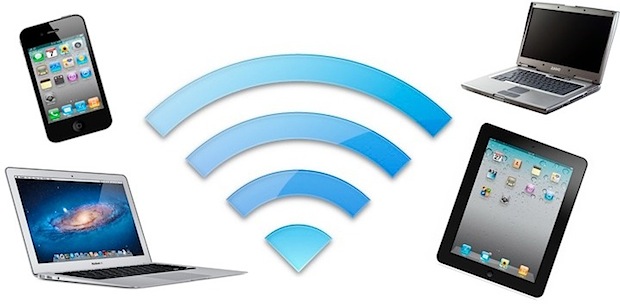
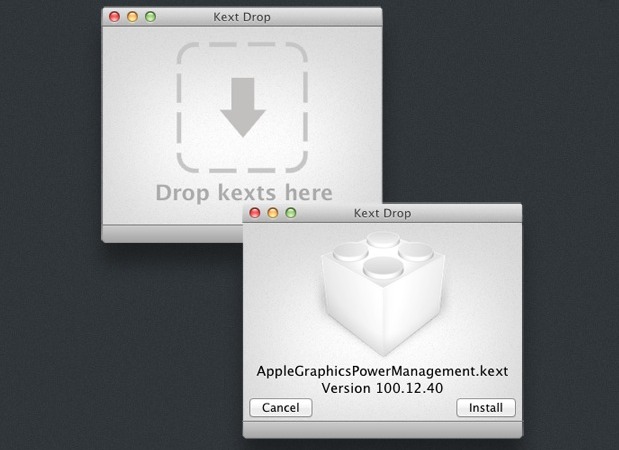
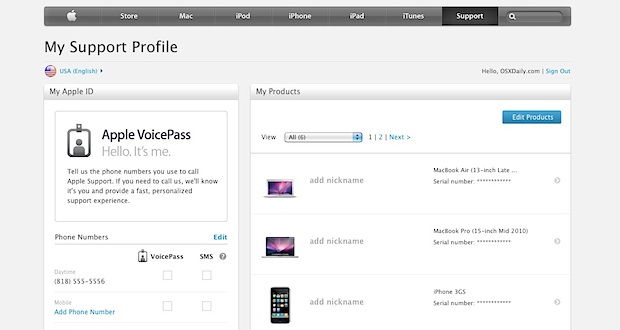
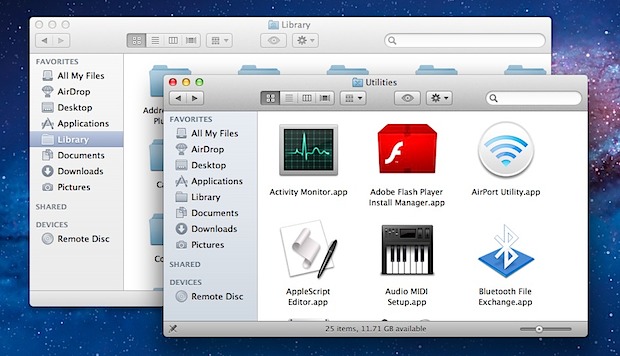
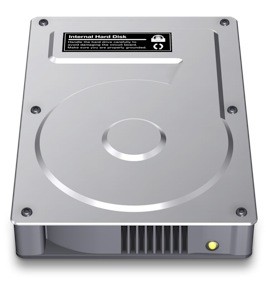 If you want to insure full Mac compatibility of a new external hard drive or flash disk, you’ll want to format the drive to the Mac OS Extended filesystem. This is particularly necessary for purchases of generic PC drives, which almost always come preformatted to be Windows compatible rather than for Mac OS X.
If you want to insure full Mac compatibility of a new external hard drive or flash disk, you’ll want to format the drive to the Mac OS Extended filesystem. This is particularly necessary for purchases of generic PC drives, which almost always come preformatted to be Windows compatible rather than for Mac OS X. 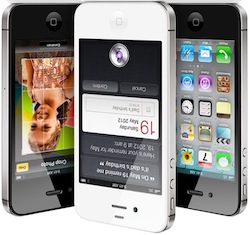 The highly anticipated jailbreak for iPhone 4S and iPad 2 running iOS 5.0.1 is coming as soon as next week, according to a recent tweet from the hacker pod2g, who is working on the project. The
The highly anticipated jailbreak for iPhone 4S and iPad 2 running iOS 5.0.1 is coming as soon as next week, according to a recent tweet from the hacker pod2g, who is working on the project. The 
